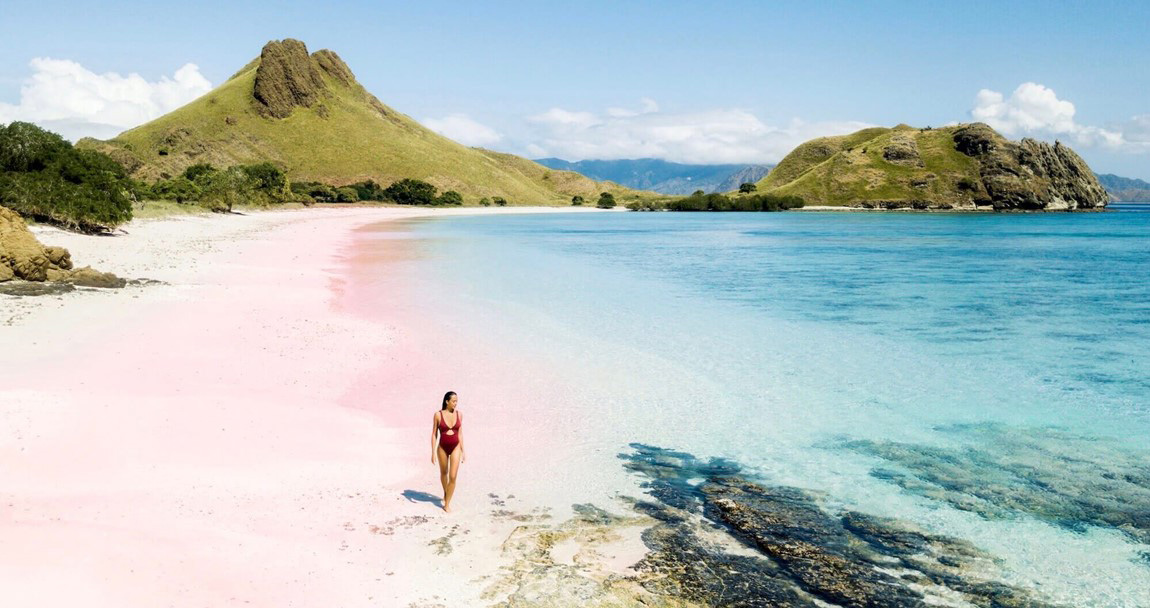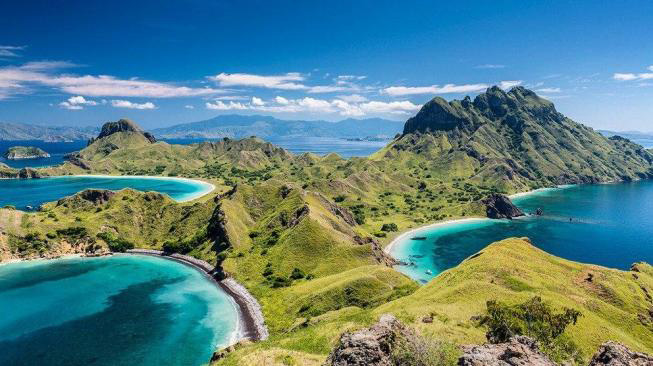Komodo Island is a small island located in the eastern part of Indonesia, famous for its population of Komodo dragons. The island is part of the Komodo National Park, which is a UNESCO World Heritage Site and one of the most popular tourist destinations in Indonesia.

The island is home to a unique ecosystem that includes not only the Komodo dragons but also a variety of other wildlife such as deer, wild boar, water buffalo, and various bird species. The island's landscape is dominated by rugged hills, savannah grasslands, and dense forests, making it an ideal destination for nature lovers and adventure seekers.
Getting to Komodo Island
The island is accessible only by sea or air. Most visitors fly to Labuan Bajo, a small town on the western tip of Flores Island, and take a boat from there to Komodo Island. The boat ride takes about two hours, and visitors are required to book a tour with a licensed guide to explore the island.

Alternatively, visitors can join a liveaboard boat tour, which is a popular option for those who want to explore the surrounding islands and dive sites as well. The liveaboard tour usually lasts for several days and offers a unique experience of sleeping on the boat and waking up to stunning sunrises and sunsets over the ocean.
Exploring Komodo Island
The main attraction of the island is the Komodo dragons, the world's largest lizards that can grow up to three meters long and weigh up to 70 kilograms. Visitors can see the dragons in their natural habitat by taking a guided tour of the island. The tours are usually led by rangers who are experts in the behavior and habits of the dragons and who can ensure the safety of the visitors.
During the tour, visitors can observe the dragons hunting, feeding, and interacting with each other. The rangers also provide information about the dragons' biology, history, and conservation status, as well as tips on how to stay safe around the dragons.


Conservation and Sustainability
The Komodo dragons are listed as vulnerable by the International Union for Conservation of Nature (IUCN) due to habitat loss and poaching. The Komodo National Park is responsible for the conservation and protection of the dragons and their habitat, and visitors are required to follow strict rules and regulations to ensure their safety and preservation.

Some of the rules include keeping a safe distance from the dragons, not feeding or touching them, and not taking any souvenirs or artifacts from the island. Visitors are also encouraged to support sustainable tourism practices by choosing responsible tour operators, minimizing waste, and respecting the local culture and traditions.
Conclusion

